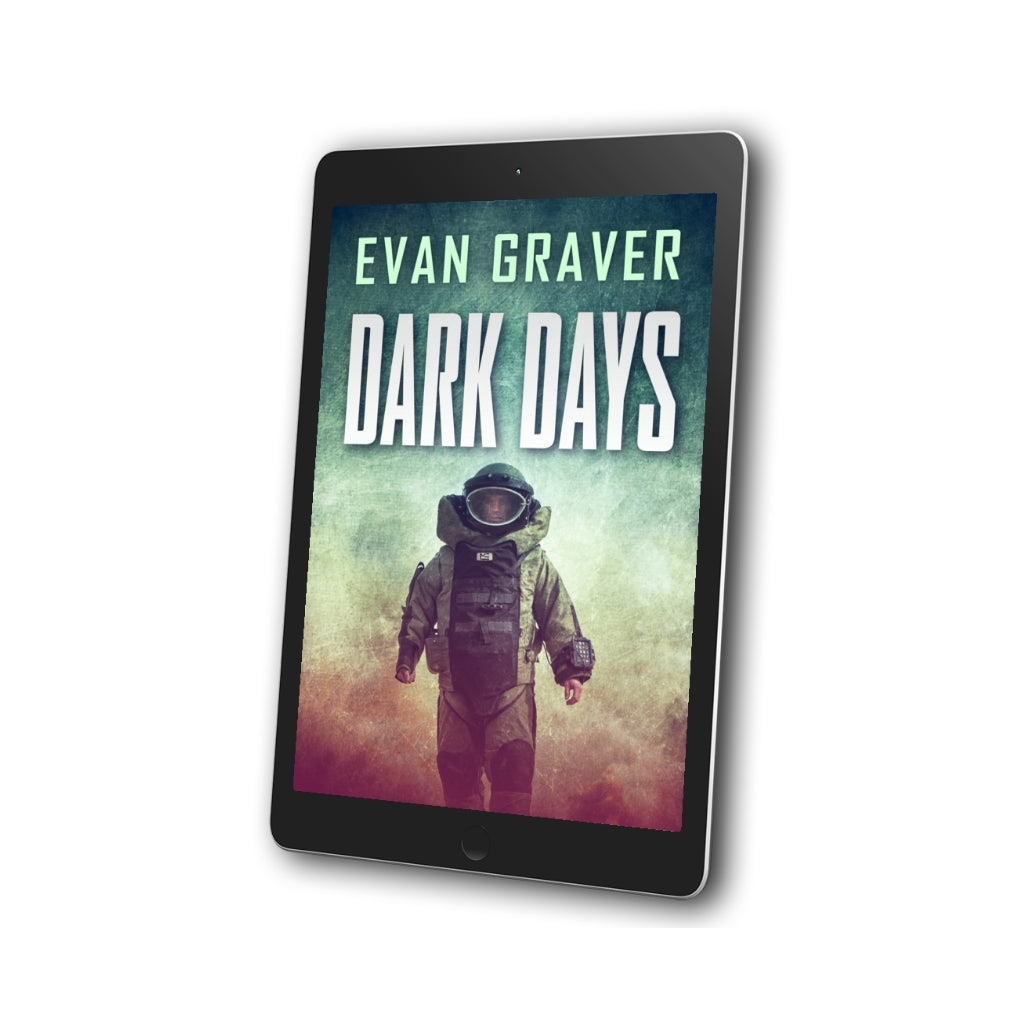0 Dark Days: A Ryan Weller Prequel (EBOOK)
0 Dark Days: A Ryan Weller Prequel (EBOOK)
Couldn't load pickup availability
Dark Days: A Ryan Weller Prequal
The elusive Taliban bomb maker Nightcrawler is targeting U.S. troops in Afghanistan. His signature appears on almost every bomb Ryan Weller's Navy EOD team finds. A joint task force is formed to stop him, but Nightcrawler won't go quietly. When an elite Afghanistan Army unit discovers a weapons cache left behind by the bomb maker, Ryan's EOD team is sent to destroy it. But Nightcrawler has plans of his own, leading them into a deadly ambush.
This product is a premium EBOOK compatible with any modern digital app and device:
- Kindle or Kindle App for phones/tablets
- Apple Books
- Google Play Books
- Nook
- Kobo
- Native e-readers on Apple and Android devices
- Microsoft Surface and Tablets of all kinds
- iPads, iPods, iPhones
- Android phones and devices
THIS EBOOK WILL BE DELIVERED INSTANTLY BY EMAIL FROM BOOKFUNNEL.
FAQS: HOW WILL I GET MY eBOOK
FAQS: HOW WILL I GET MY eBOOK
After checkout, your ebook will be sent by email. You will receive a link from Evan Graver in your email and a second email from BookFunnel with a backup link. If you don't see an email from evan@evangraver.com or BookFunnel, please log in to https://my.bookfunnel.com/. All your books will be there!
FAQS: HOW DO I READ MY BOOK?
FAQS: HOW DO I READ MY BOOK?
You can read the ebooks on any ereader (Amazon, Kobo, Nook, your tablet, phone, computer, and/or the BookFunnel app.
READ A SAMPLE
READ A SAMPLE


